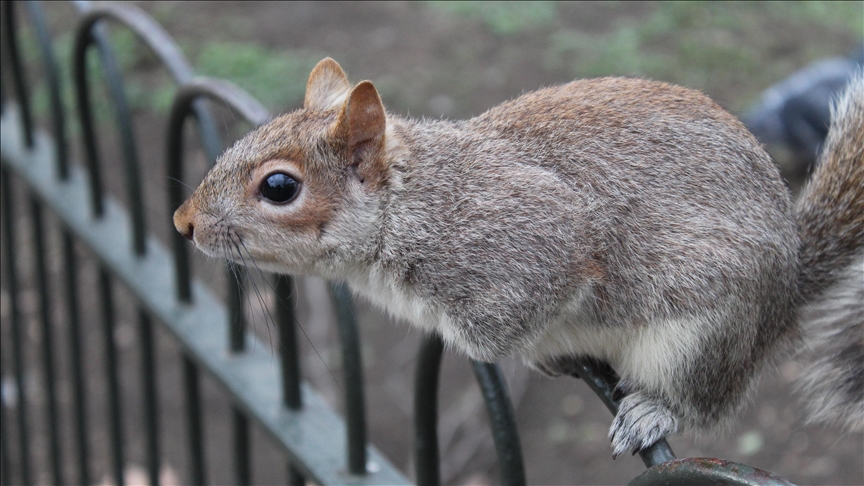
Squirrels are very determined creatures and if they find a weak point around the soffit boards leading into your loft, it can be very difficult to get them out and keep them out. Rats, on the other hand, tend to enter lofts by moving up wall cavities from the under-floor drain areas and can’t normally find their way in again, once they have been proofed out.
Like rats, squirrels have ever-growing incisor teeth so the creatures need to constantly gnaw on hard objects to keep their teeth from growing too long. Electric cables chewed by squirrels are a common cause of building fires and blackouts. Squirrels are also responsible for causing thousands of pounds worth of damage to roof beams and supports.
Squirrels in residence can also contaminate any unsealed water tanks with their droppings and cause flooding by gnawing through water pipes.
Treatment for a squirrel problem will normally involve a survey of the premises to assess where the pests are entering the building and what proofing measures need to be taken to keep them out. Then it is likely that a trapping programme will be needed to catch and remove all of the squirrels, requiring several follow up visits.
The best way to prevent an invasion is to block any holes in the building and ensure overhanging trees are far enough from a premises to stop squirrels leaping on to the property. Ivy, or any other climbing plants, should be cut back so they can’t be used to access roof spaces. Food sources, for instance bird feeders, should be removed or replaced with squirrel-proof versions.
Much like other rodents, squirrels can carry and transmit a range of diseases such as Lyme disease (via ticks), leptospirosis and salmonella. They can also transport fleas, posing a further risk to both people and pets. In addition to the risk of disease, females can become very aggressive and will attack if they think their pups are being threatened.
Once settled, it is extremely difficult to get squirrels to leave, and DIY pest control is strongly discouraged by the British Pest Control Association. It is illegal to use a rat trap for a squirrel as they can cause suffering to the animal, and under Schedule 9 of the Wildlife and Countryside Act, it is illegal to release a grey squirrel into the wild or allow one to escape. It means that if you trap a squirrel you are obliged to despatch it using a humane method.
This can be distressing and should only be performed by a qualified and competent pest controller. Pest control professionals are the only people with the experience, expertise and skills to assess and advise the best course of action.





